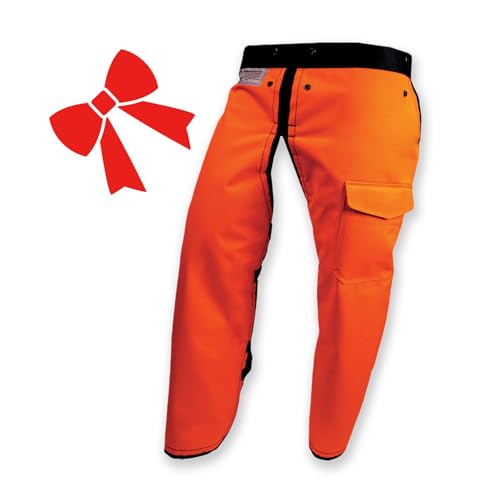Traditional, Well...I'd like to take back 1/2 of what I said. Sorry. Looks like you have spent more than 2-3 minutes on the subject.
I have spent a fair amount of time discussing this with 3 different log craftsmen, all of which have been building log homes for 25+ years. My mentor has been building for 31+ years. These are people that have been around this craft for much of the time since it has come back with Mackie's revival in the 70s.
This is a subject talked about amongst log craftsmen, especially since Robert Chambers started to preach such thoughts on the subject, as I suggested above.
Nobody I know believes that twist is any different either way, left or right. Consequently I don't believe it either, not only because of their views/opinions, but because it doesn't make sense.
I didn't suggest to blindly 'believe' something in print, but to deeply consider why it was deemed important enough 'to' print in that era.
Trust me when I say this has been thought about much more deeply by more knowledgeable craftsman than myself. Further, I have not read the Phelps book and consider Mackie to be a much better guide to building. Keep in mind that the Phelps book was written in a foreign language and translated to English. That is primarily why I have no desire to read much of it, the translation could be bad in many area (I see that all the time with Japanese and English, as my wife is Japanese).
So now we're getting somewhere. Twist direction affects strength...but doesn't happen enough to be statistically relevant. The montana study was deemed non conclusive (in order to create a rule regarding grade....for the USA). That doesn't mean an individual cannot use the twist method to locate or reject a different strength material. Just because 'today' a few studies cannot prove it conclusively.
I think your missing one of the most important points though. This is not whether twist is good or bad, this is about one twist being ok and the other twist not, that's pooey, IMO. No question given the choice of using trees without twist vs trees with twist, most all craftsmen would pick the straight grain any day of the week. I know that I would myself.
I cannot get into a pissing contest with you since I've seen (photos around here)the 'houses' you have built.
First, I have not built a lot of homes, and building my first, so you might be misunderstand something. I do know craftsmen that have built 100s of homes. It shouldn't need to be a p!$$ing contest, IMO, I am merely presenting facts. The Montana study is the only study anyone I have talked to knows about, and the study was only done on lodgepole pine. Most sawyers/craftsmen know that most species react differently, SYP as an example has an extraordinary amount of twist, with enough force to push entire log walls up. What I'm saying is that it should also be taken with as large a grain of salt as reading Phelp's book which dates back to the 40s. I have another book from the 40s that recommends creosote for staining log homes, so just because it is/was in print means nothing, it is a known fact that creosote is harmful.
None of that however changes that though you will wait for someone to prove to you something, I'll see if I cannot understand why it used to be so important. Twist could equal strength is all I've got so far.
Please do find the reason, I will wait to hear your reply. I have spent a fair amount of time on it and can't find anything conclusive.
TT. Does this apply to beams as well ? In the past I have cut some FOHC fir beams that have split apart. I can't remember if they were left or right but maybe it was ring shake instead. This sort of thing does not seem to matter as much for logs as it would for beams. I have some fir to cut into FOHC this spring I will have to pay more attention.
It has to do with all wood in general, and how the beam is cut will determine some of that. If you look at the beam that was cut in this thread, it wouldn't meet grade as it has a split from the end up about 5 or 6 feet from the looks of it, and even grade #2 is not allowed that type of split on the end. In order to allow that timber to meet grade, the entire split would need to be cut off, so you would loose at least half the timber.
In regards to cants/beams, in Hoadley's book he talks about Hemlock that was used for the floor of a home he was living in. He doesn't put anything positive on the fact that left would be any different than right, only mentions that some wood has a tendency to twist. Where the Phelps text says that left hand twist is bad but right is ok.




























































